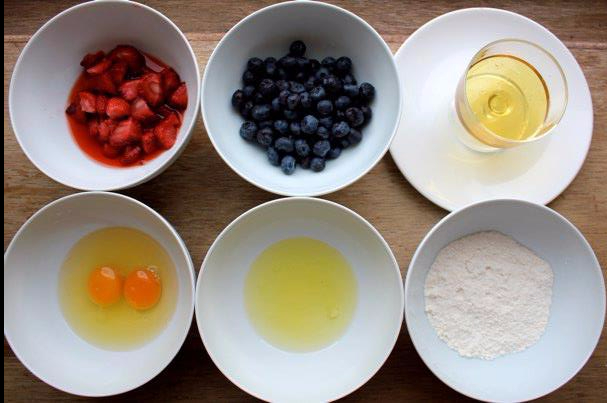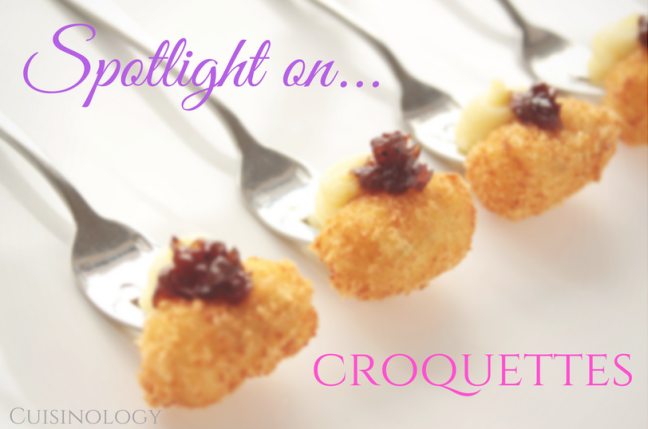Last week, I tried to explain to my American roommates what Shrove Tuesday is and why we should be excited about it. A transcript of that conversation might look something like this:
Me: Guys, next Tuesday is Shrove Tuesday!
Guys: What’s Shrove Tuesday?
Me: Pancake Day!
Guys: What’s Pancake Day?
Me: The day before the start of Lent.
Guys: What’s Lent?
Me: The 40-day fast from Shrove Tuesday until Easter. You know what Easter is, right?
(They did.)
In fact, they do celebrate Shrove Tuesday here in the USA; they just know it by a different name. In hindsight, I now realise that I should have opened with “Guys, next Tuesday is Mardi Gras!” But whatever name you know it by, tomorrow is the day when Christian families traditionally use up all of the sinfully delicious foods in their houses, so as to spare them the temptation to break their fast of penance. This fast, also known as Lent, lasts from Ash Wednesday all the way through to Good Friday (which falls on 14 April this year), when many Christian faiths begin their celebration of the resurrection of Christ. So you can see why it might be a good idea to use up all the sugar and fat in the house before you embark on your 40 days of self-denial. (Lent is considered to last 40 days, rather than the 47 calendar days it actually comprises, because you get Sundays off.)

Each country, and indeed each family, will mark the lead-up to Easter in a slightly different way. You will most likely have heard of the famous Carnival in Rio de Janeiro, and the Venetian masquerade celebration, both of which celebrate the last week in which they are allowed to enjoy the carnal pleasure of a rich and indulgent diet, making tomorrow the last day of festivities. In the UK, only Pancake Tuesday itself is celebrated: and yes, you guessed it, all we do is make and eat an ungodly amount of pancakes. In my household, growing up, we tended to stick to the same tradition every year: my mother, who seemed to hold the firm belief that her ability to provide the pancakes on Pancake Day was a direct reflection of her success as a mother, would come home from work and fire up the stove while we looked on in anticipation. In this entirely pressure-free environment, she would then begin her attempt to produce pancakes, instantly become frustrated when the first one inevitably turned out less than perfect, then try to compensate by adjusting the heat settings, which would result in the second pancake also being sub-par, thus commencing the vicious cycle of descent into despair and, ultimately, anger. At around the fourth pancake, I would usually take over in an attempt to alleviate her stress, only to find that she had finally perfected the stove settings and the rest of the pancakes turned out beautifully, thereby giving me unearned credit for her work and increasing her own false sense of failure as a mother.
And so I made a mental note that if I was going to perfect one single recipe in my life, it would be pancakes: I never wanted to experience the shame and self-loathing that my mother’s relative lack of pancake-making abilities subjected her to on a yearly basis. In fact, I’ve come across a few practically fool-proof pancake recipes, and I plan to make all three of them tomorrow: partly because I’d like to challenge myself and impress my roommates, and partly because that way I have two failsafes in case I really balls it up. If you try out any of the recipes below, don’t forget to comment and report back! Either way, the single most important thing to bear in mind when making pancakes is that the first one is always a dud: whatever you do, don’t let it make you second-guess yourself!
French crêpe recipe from BBC Good Food (UK):
https://www.bbcgoodfood.com/recipes/3374/perfect-pancakes
Fluffy, American-style pancakes, also from BBC Food (UK):
http://www.bbc.co.uk/food/recipes/fluffyamericanpancak_74828
Honey cloud pancakes from Things We Make (US):
https://thingswemake.co.uk/2012/02/11/honey-cloud-pancakes/


